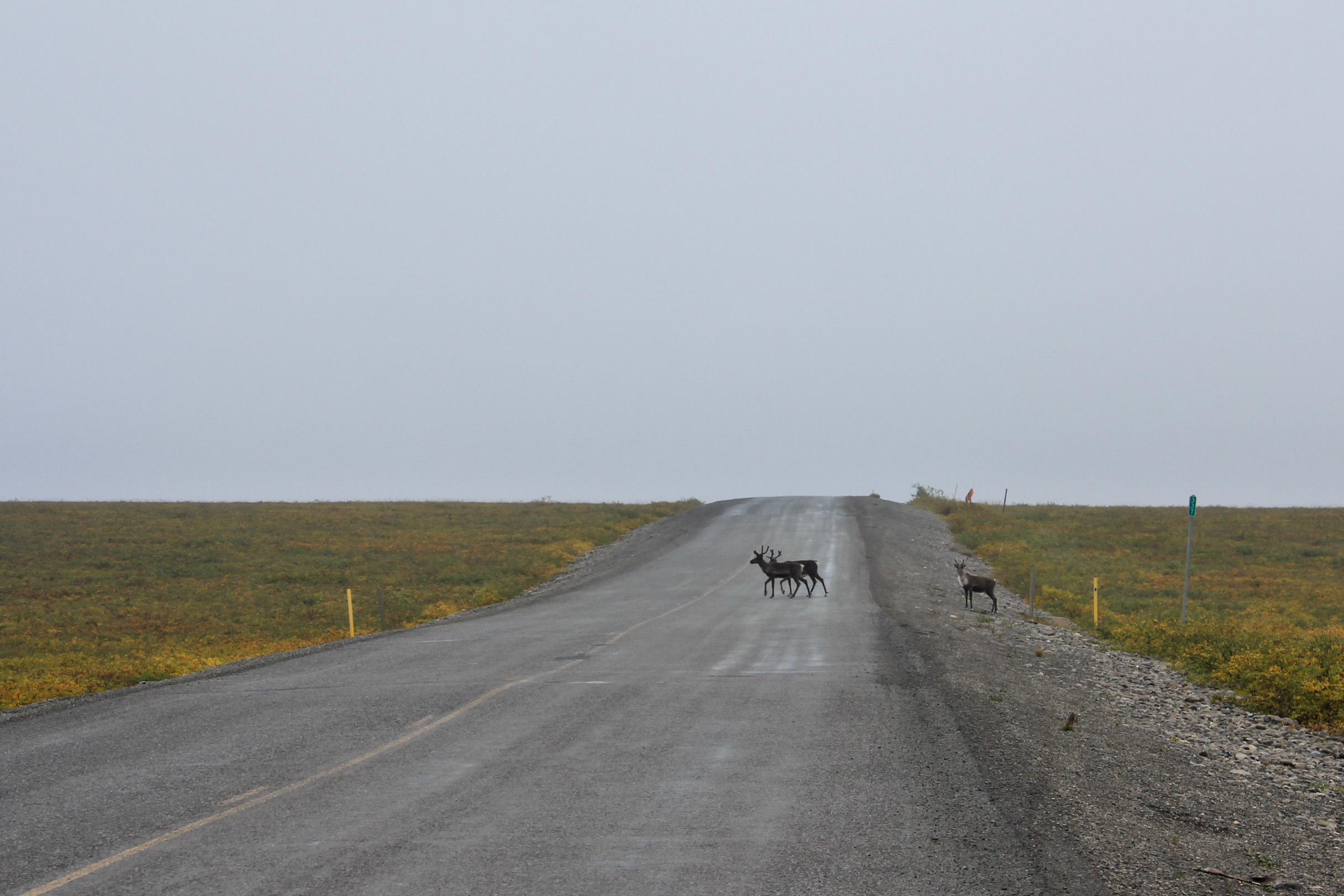
Gov. Bill Walker’s administration has authorized spending more than $3 million to start an environmental assessment for a proposed mining road through interior Alaska that was shelved amid the state’s multibillion dollar budget crisis.
In December, Walker issued an administrative order freezing six of the state’s biggest projects — including the Susitna Dam and the Knik Arm Bridge.
Among them was the Ambler Mining Road, a proposed 200-mile industrial corridor connecting the Dalton Highway north of Fairbanks to multiple deposits of copper, zinc, and gold near the northwest communities of Ambler and Kobuk.
Walker’s order halted any new spending on the projects, but an October memo from Pat Pitney, the director of the state’s Office of Management and Budget, shakes loose $3.6 million previously set aside for the Ambler Road’s environmental impact statement, or EIS.
“The choice for an administration is potentially turn the tap on or turn the tap off, but they can’t move money around for other purposes,” said Marcia Davis, Walker’s deputy chief of staff.
She said the $3.6 million comes from a $12 million pot of money lawmakers set aside under former Gov. Sean Parnell. Despite a multibillion dollar deficit, she says the money can only be spent on the road’s EIS. She says the governor has seen strong support for the project — which played a part in releasing the money.
“Because we got such strong advocating from the NANA Development Group, from NovaCopper, and from the different boroughs, we looked at it, analyzed it, assessed it, in terms of whether it could potentially repay funds back to the state. And we decided that we would draw the line at the feasibility and scoping part of the EIS,” she said.
But while support from the road has been strong from mining companies like NovaCopper — and the NANA Development Corp. says it supports the EIS process — the response at dozens of meetings with tribes and others living and working along the road’s proposed corridor have been more mixed.
The Alaska Industrial and Export Authority is the publicly-owned corporation leading the Ambler Road project. AIDEA’s held more than 30 public meetings on the road so far, from Kotzebue to Kobuk, and the responses have been varied, ranging from enthusiasm for potential mining jobs, to a wait-and-see approach, to firm opposition. The ANCSA corporation Evansville, Inc, whose land the road is tentatively set to pass through, even went so far as to formally declare opposition to the road.
One major sticking point: the cost. AIDEA’s own estimates range up to $300 million. Project contractor Dowl HKM has said that could climb as high as $400 million. Critics of the road say it could cost millions more.
AIDEA said it’ll be paid for through bonding and tolls, not public money.
Davis pointed to the road AIDEA built for the Red Dog Mine as a model for how the Ambler Road could play out.
“The cost was $267 million, roughly, and what we have received from tolls on that road so far has been $401 million. So we’ve already made $143 million on that, and stand to make more over time,” Davis said.
That road to Red Dog is just 52 miles — the road to Ambler could be four times the size. And it would cross a huge swath of the Interior that subsistence users say their fish and game rely on, especially the Northwest Arctic Caribou Herd, which winters on and migrates through land the road would bisect.
But road’s ultimate route and final cost are all estimates at this point.
AIDEA spokesperson Karsten Rodvick said money for the EIS preserves the work that’s already been done in the last 6 years and will launch the vital next step, a complex federal review process.
“We expect within the next few weeks to file the formal EIS permit application. At that point it goes into federal hands. And the scoping process is expected to take anywhere from 12 to 18 months,” Rodvick said.
That process means getting hands-on with federal agencies like the National Park Service as well as tribes and corporations who live and own land along the proposed route.
